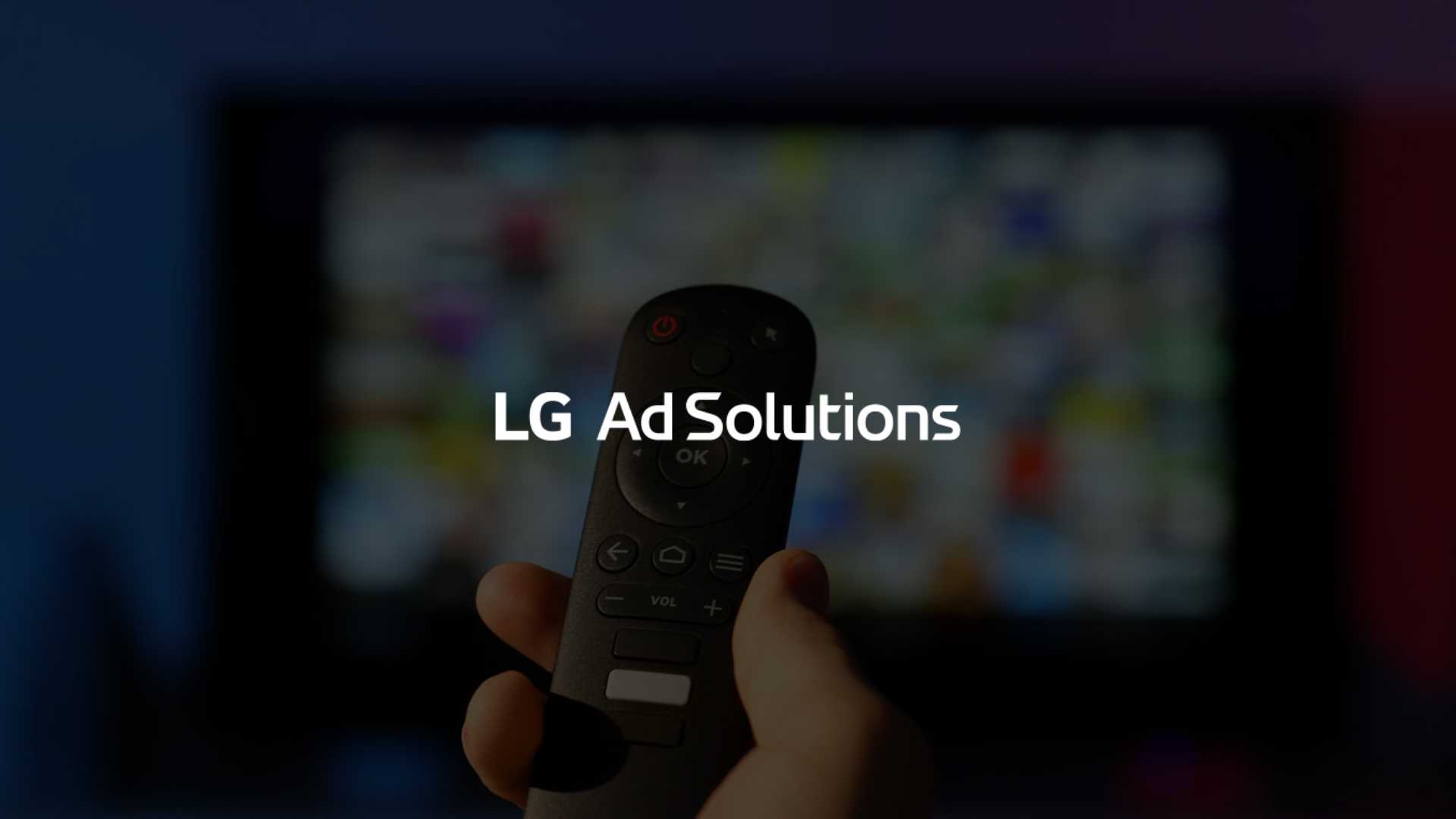Streaming has already overtaken cable in most households, but the 2025 Inclusive Screen report from LG Ad Solutions suggests the shift is especially pronounced among diverse audiences—and it’s changing what advertisers need to do to connect with them.
The annual study, which examines TV viewing habits of Black, Hispanic, Asian, and LGBTQ+ CTV viewers, points to a clear trend: personalization and representation are no longer optional. They’re table stakes.
Streaming Wins, FAST Leads
Across every group, streaming is now the dominant mode of TV consumption. Sixty-four percent of Black and Asian viewers, 63% of Hispanic viewers, and 57% of LGBTQ+ audiences say they prefer streaming over traditional TV. Even more striking: free ad-supported streaming television (FAST) is winning out over paid subscriptions.
- 74% of LGBTQ+ viewers prefer FAST over ad-free models.
- 73% of Asian viewers, 72% of Black viewers, and 68% of Hispanic viewers agree.
That preference is good news for advertisers who want to reach valuable audiences without the subscription wall getting in the way.
Ads That Actually Resonate
Traditional TV ads may be forgettable, but streaming ads? Not so much—at least when they’re relevant.
- 72% of Black CTV viewers say they prefer ads tied directly to the content they’re watching (22% higher than the general population).
- 70% of Hispanic CTV viewers want ads aligned with their personal interests.
That demand for contextual and interest-based targeting reinforces CTV’s sweet spot: combining TV’s reach with digital’s precision.
The Home Screen Effect
Here’s an overlooked insight: the TV home screen has become a critical discovery gateway. Diverse audiences spend 14–18 minutes picking something to watch after powering on. For Black viewers, the home screen is the No. 1 source of discovery; for Hispanic, Asian, and LGBTQ+ audiences, it ranks No. 2.
For advertisers, this means home screen placements aren’t just digital real estate—they’re a pathway to influence viewing choices and purchase decisions.
From Ads to Action
LG Ad Solutions found these groups are more likely than the general population to act after seeing a CTV ad:
- Black viewers are 52% more likely to purchase a product.
- They’re also 22% more likely to visit a brand’s website.
- Across all four groups, viewers are more inclined to search for products and talk about ads with family and friends.
That level of engagement suggests relevancy and representation pay dividends far beyond awareness.
Representation Isn’t Optional
One of the strongest findings: representation drives engagement. A massive 85% of LGBTQ+ viewers say they’re more likely to watch content that portrays people like them. Similar patterns hold across other communities, reinforcing that accurate and nuanced representation has a direct link to consumption and brand affinity.
Why It Matters
“As consumers face an ever-expanding array of content across apps and platforms, personalization has moved from preference to an expectation,” said Monica Longoria, Head of Marketing Insights at LG Ad Solutions.
The takeaway for advertisers? CTV is uniquely positioned at the intersection of personalization, representation, and scale. Brands that lean into cultural nuance and audience relevance will not only win loyalty but also see measurable lifts in engagement and conversions.
For those still treating streaming as “just another channel,” the Inclusive Screen report makes the case clear: the future of advertising is personal, diverse, and powered by CTV.




